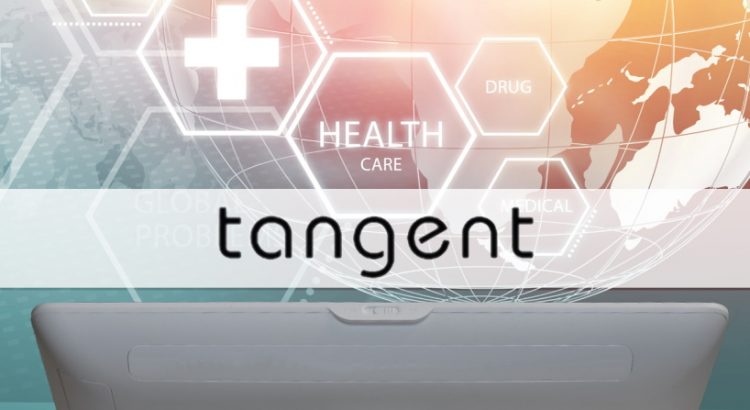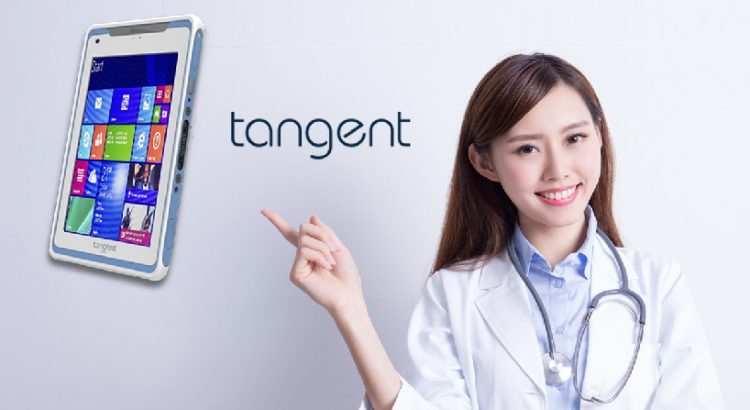During this pandemic, telehealth has seen an unprecedented rise in its use. The federal government, in collaboration with private companies, have made telehealth more accessible than ever before. But telehealth is only one half of the picture. While patients of all backgrounds can make use of telehealth to virtually see their doctors, some patients require […]
Tag: tele health

How Hospitals Are Adapting To Meet Surging Hospitalization Rates
The U.S. is continuing to set new records for case numbers nearly every day, and the third wave of this pandemic seems to be in full swing. Hospitals around the country are preparing for numbers to continue to skyrocket, as the full effect of the holiday season has yet to be seen as the L.A. […]
